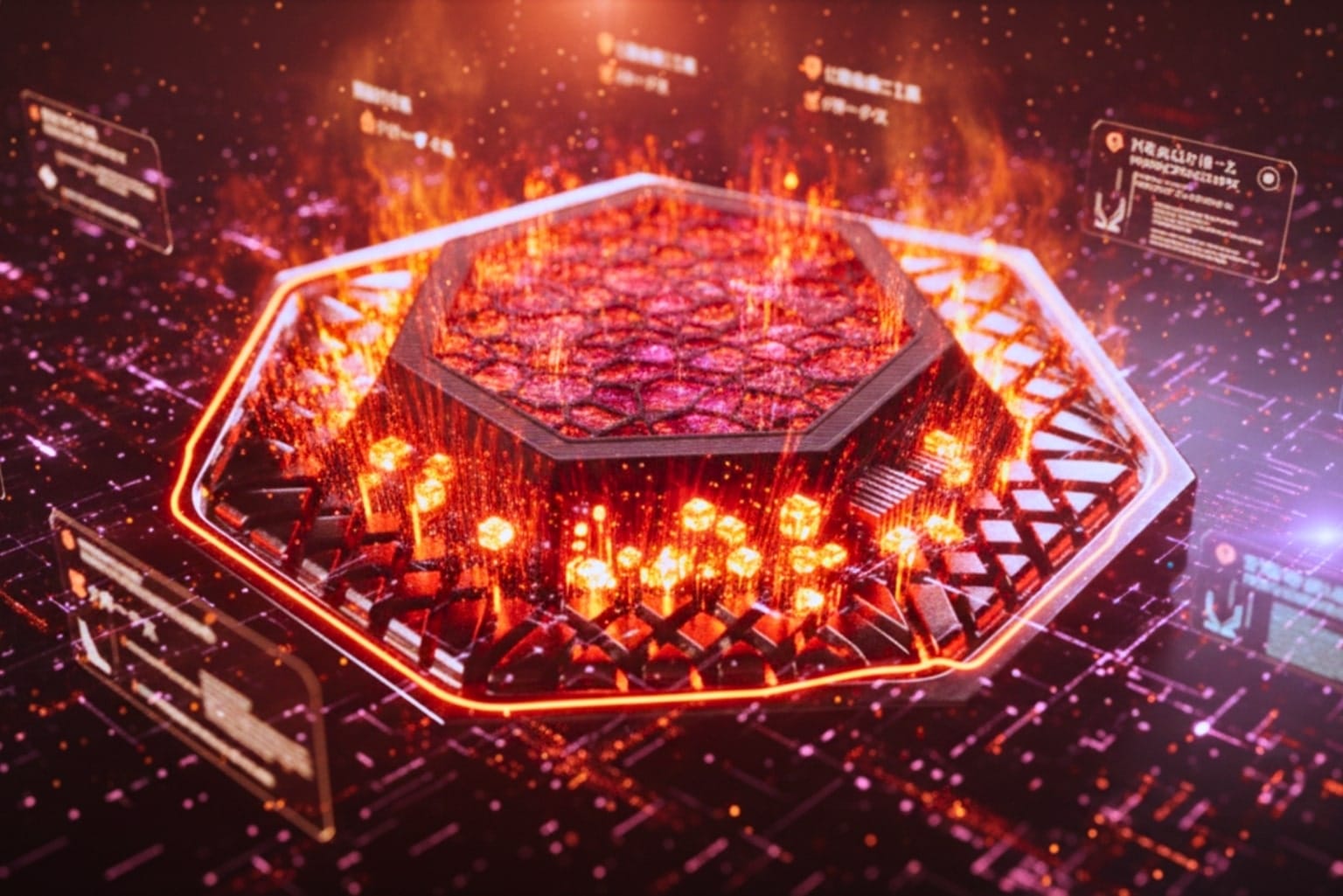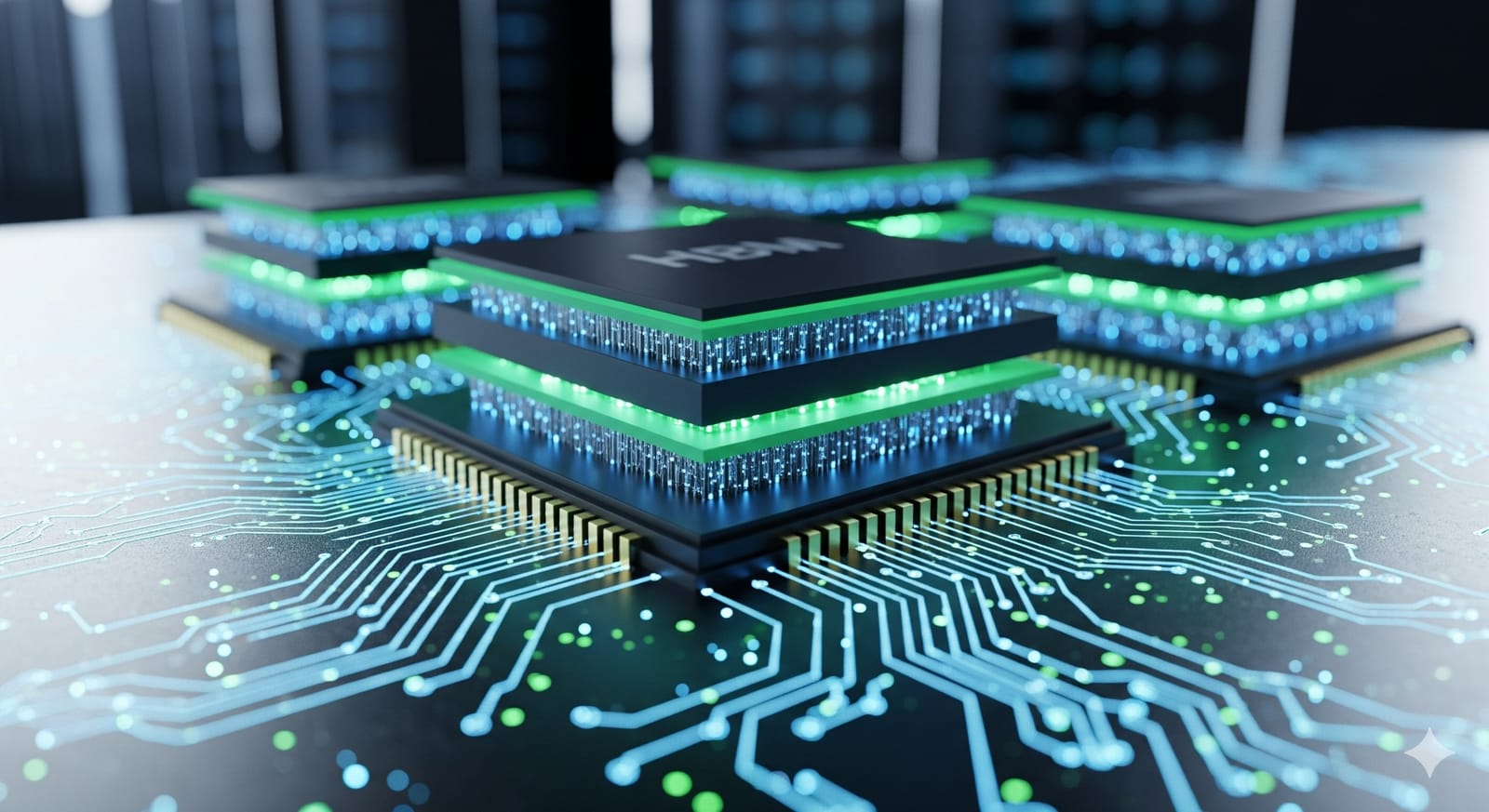OpenAI GPT-5 isn’t just another model drop—it’s a decisive fusion of the deduction-savvy O-Series and the multimodal GPT-4o line into a single, natively text-image-audio powerhouse. By collapsing endpoints into one, the company turns model selection from a daily developer chore into yesterday’s problem.
But integration is only half the story. The real headline hides in the details: million-token context windows, built-in agents, and always-on memory. Together, they promise to rewire how products are built—and who gets to build them.
A Single Endpoint, Many Modalities
OpenAI calls GPT-5 a “universal copilot.” With text, vision, and voice stitched into one inference pipeline, apps can shift from multi-call juggling to a streamlined REST—or eventually, on-device—experience. For end users, that means asking follow-up questions about a chart they just sketched or summarizing a podcast with image references, all in one chat.
No more model-picker angst—only the conversation, however you prefer to have it.
Context Windows That Swallow Libraries
Where GPT-4 topped out at 128 k tokens, GPT-5’s private benchmarking shows 256 k-to-1 M-token windows. Research on positional-embedding tricks such as Phase-Shift Calibration confirms that longer sequences no longer cripple perplexity or latency—they unlock deeper retrieval and reasoning instead. arxiv.org
For developers, that means dropping an entire TypeScript repo or a 400-page policy manual into a single prompt. The upside? Fewer brittle chunking heuristics. The risk? Prompt costs and leakage scale with context.
Built-In Agents: From Operator to Autopilot
Remember Operator, the experimental screen-scraping agent? GPT-5 bakes similar capabilities right into the core runtime—minus the manual tool-loader dance. Multistep workflows like “open the dashboard → download yesterday’s CSV → plot anomalies → draft a Slack summary” become single natural-language commands executed safely inside sandboxed policies.
Academic work on mixture-of-experts routing under the hood helps route each sub-task to the best specialist without blowing up inference budgets. arxiv.org
Memory, Compliance, and Guardrails
GPT-5 ships with opt-out, per-chat memory—great for continuity, tricky for privacy. OpenAI says the toggle satisfies GDPR’s data-minimization mandate, but EU AI Act classification remains pending. Meanwhile, a new HealthBench and LawBench gate prompts against emerging risk domains.
Early MIT research shows targeted test-time training can lift complex-reasoning accuracy six-fold, hinting at what GPT-5 might achieve when Memory and Agent modes cooperate. news.mit.edu
Why This Matters
Long context + native agents + unified modality = an AI that feels less like software and more like infrastructure. Critical workflows—medical summarization, design versioning, whole-repo security scans—move from niche proofs of concept to everyday buttons.
Who is affected?
- Developers shed boilerplate and gain responsibility for agent safety.
- Enterprises face new GDPR-class repercussions if default memory stores PII.
- Creatives and analysts tap multimodal threads that blur filetype boundaries.
Ethical & social ripple: Automation of browser and OS actions widens the blast radius of mis-aligned commands. Guardrails must evolve from “answer safely” to “act safely.”
What Developers Must Do Now
- Audit prompt length pipelines—1 M tokens break old pagination hacks.
- Refactor hard endpoint ties; GPT-4o and o-series deprecation is imminent.
- Insert approval layers around any UI-automation scripts.
- Update privacy docs to reflect default memory retention.
GPT-5’s pitch is seductively simple: one model to chat, see, listen, and act. The reality is more nuanced. Scale transfers complexity from selection menus to governance layers. The winners will be teams that treat GPT-5 not as a smarter chatbot but as a semi-autonomous colleague—setting boundaries, audit trails, and fallback plans accordingly.
Ready to navigate the shift? Subscribe to Vastkind Insights for weekly, research-backed playbooks on building—and bounding—next-gen AI.







